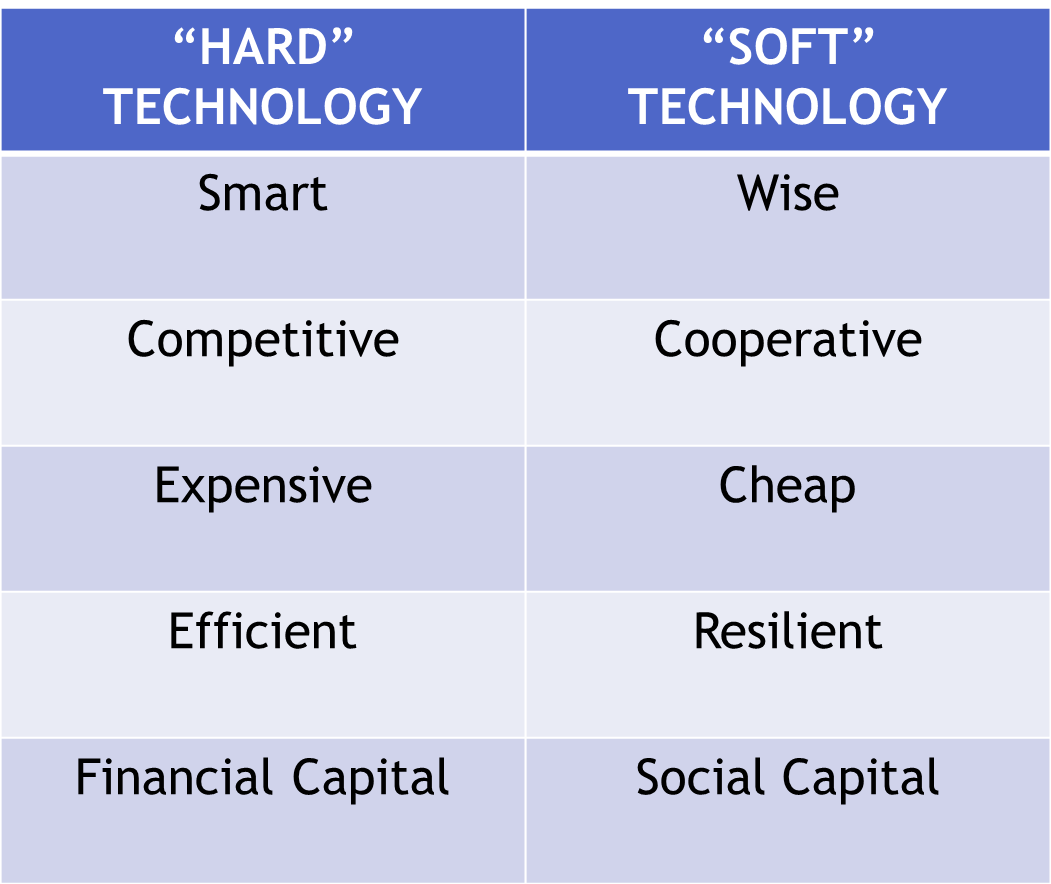Growing Old Together
Instead of boring our readers with pictures of demographic pyramids turned upside-down, or horrifying everyone with damning statistics on why Social Security is the largest government-sanctioned Ponzi scheme ever, let’s look at some of the unintended consequences of aging populations worldwide:
- In Japan, more diapers are being sold for grown-ups than for children. Big nappies are big business.
- In Italy, there are now more grandmothers than babies. This is leading to a break-out of national pacifism, because none of them want to send their only grandchild to war.
- The ever-practical Germans are now retraining retired sex-industry workers as home healthcare aides. Sponge-baths have never been more popular.
Eric Garland tries to avoid making predictions about the future. But there are a few things that he feels comfortable forecasting. Garland says that “in the future, there will be old people, clean coal, and water shortages.” Meanwhile, science-fiction writer Bruce Sterling writes that in the world of tomorrow, there will be “old people in big cities, afraid of the sky.” Either way, we are going to have a lot of old people. Things could be worse.
Economic necessity has a way of pushing us out of our comfort zone. Transhumanists and other techno-utopians dodge the issues of aging by saying that it will never happen (at least to them). Regenerative healthcare will make us all live forever, when we can 3D-print replacement parts for our bodies and transfer our memories to a cloud-based server. Autonomous vehicles will make cheap and accessible public transportation available to everyone. And smart-wigs will make us all omniscient.
But these are (for now) all fanciful and impractical notions. They belong to a far-away future with infinite resources and venture capital funding. The world that we’ll live in over the course of the next decade will need far more accessible solutions.
I’m going to go out on a limb here and suggest that our culture represents a type of technology that needs to be developed and nurtured. Just like there has been a recent shift in interest away from the “financial capital” of Wall Street in favor of the “social capital” of local economies, we need to envision an alternative movement away from the “hard technology” of Silicon Valley to the “soft technology” of our communities.
And in doing so, we can create a kinder, more resilient future.

Let’s look at just a few of the “soft technologies” that will help integrate aging populations into our communities.
Time Banking. We all know that people with money tend to be short on time. Conversely, if you don’t have a job, you’ve got lots of time. Time Banks enable people to bank and earn hours of service with other community members, and can help start-up new local businesses. Need yardwork, a pet-sitter, or a haircut? Check with your local time bank first!
Home Sharing. Some states have helped people to age at home by matching them with companions that are in need of a place to live. It costs the government next to nothing, and everyone’s needs are met.
Backyard Cottages. Call it a guest house for your in-laws, a crash-pad for your boomerang kids, or a source of rental income. At some point, you might want to live there, too. Living in a big house for the course of your entire lifetime doesn’t always make sense.
Walkable Communities. Both the young and the old are moving back into the cities, where they can find better access to part-time work, social opportunities, and places to exercise. Want to get fit? Move out of the suburb and get walking…
Farmer’s Markets. Eat healthy and in-season with your neighborhood farmer’s market. Fresh food lasts longer, plus you’ll discover new varieties of produces that you’ll never find at the grocery store. Swap some recipes, bring your dog. You might have more fun than you expected!
Technology has helped us to live longer, community helps us to live well. Let’s start thinking locally about the future of where we want to live.
